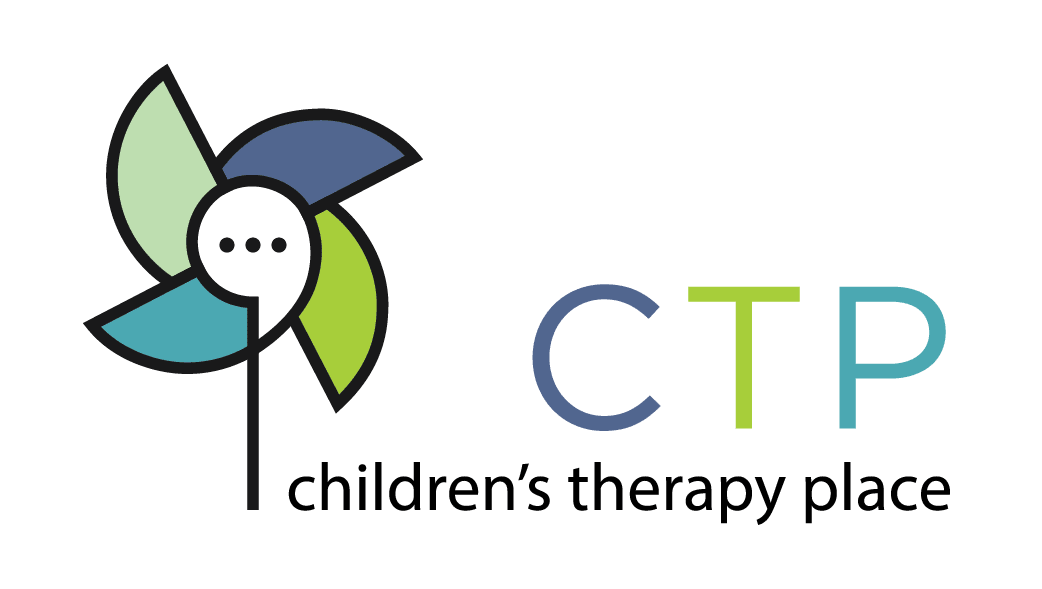Dyslexia or Reading Delay?

By Jane Lomas, M.S., CCC-SLP
Speech-Language Pathologist
If your young child is struggling with early reading skills, you might be wondering if there is a specific reading and writing problem or if she simply needs more time to learn the fundamentals. Following is a description of what children are typically doing in the developmental stages of literacy. If you have pressing concerns or notice that your child is avoiding reading and writing tasks, it is worth discussing with a professional, such as a teacher, reading specialist or speech-language pathologist.
In the preschool years, most children identify ten or more alphabet letters (likely in their own name), repeat and play with sounds, as in nursery rhymes, and recite nursery rhymes like Jack & Jill or Humpty Dumpty. In later preschool, students demonstrate a growing understanding of the twenty-six letter names.
In Kindergarten, ninety percent of children can count the number of syllables in a word, and fifty percent can state the number of sounds (phonemes) in a word. Most children can also say whether or not two words rhyme, such as dog and log. In the earlier part of the Kindergarten year, most students can also name nearly all upper- and lower-case letters. Near the end of Kindergarten, most children identify beginning and ending sounds in words and can blend simple sounds into one-syllable words, such as /b/ + /u/ => boo.
In first and second grade, most children are able to blend three or more sounds to read, or decode, simple words, like hot, sun, and dip. They can also break apart sounds in words, known as segmenting, and know common letter groups or word families, like the suffixes -ate and -ent and -ing. Second graders can typically blend and segment words with four to five distinct sounds, like flash and sticky. This population also begins to read and understand grade-level fiction and non-fiction, reads fluently, rapidly and with inflection, and begins to read independently and voluntarily.
Despite many widespread misconceptions about dyslexia, it is a well-understood, diagnosable disorder. According to the International Dyslexia Association and the National Institutes of Health, it is defined as a specific learning disability that is neurobiological in origin. It is characterized by difficulties with accurate and/or fluent word recognition and by poor spelling and decoding abilities. It does run in families and has a neurological basis – that is, individuals with dyslexia have different ways of processing written language in the brain, and even use different parts of the brain to decode, as compared to typical readers. It affects up to one in every six individuals, making it the most commonly diagnosed learning disability!
If you have a third-grader or beyond who is still struggling with sight word recognition, automaticity and reading fluency, or who is being told by teachers he simply needs to “work harder and not be lazy” with regard to literacy skills, it is definitely time to take a closer look at what underlying problems are present. No child should be struggling to read by around fourth grade, which is when students move from “learning to read” to “reading to learn.”
References
Shaywitz, MD, Sally. (2020). Overcoming Dyslexia. Vintage Books, Random House LLC, New York.
Stanley, C. & Petscher, Y. (2017). Defining Dyslexia. Washington, DC: U.S. Department of Education, Office of Elementary and Secondary Education, Office of Special Education Programs, National Center on Improving Literacy. Retrieved from http://improvingliteracy.org.

